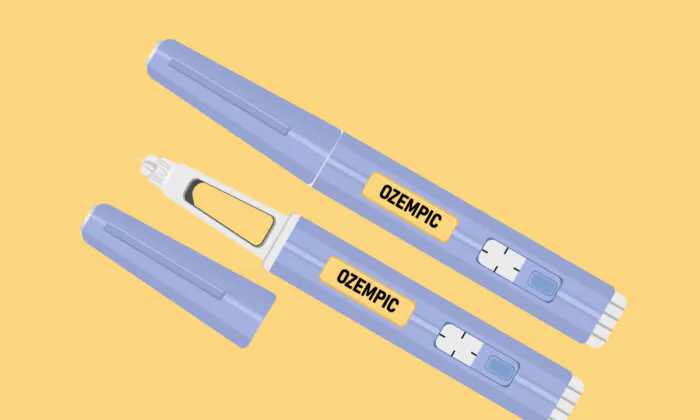While Ozempic, Wegovy, and Mounjaro have gained attention for their significant weight loss effects, the drugs’ domestic cost has raised some eyebrows.
Some factors make this class of drugs more affordable, according to a new report from the American Economic Institute (AEI). However, the AEI report doesn’t consider what people in other developed nations pay. So are these weight loss drugs a bargain for Americans or unnecessarily expensive?
High Costs Remain for Obesity Drugs Despite Insurance
These are the estimated current monthly prices of semaglutide and the related drug tirzepatide, according to the AEI report:
- $936 for Ozempic or Rybelsus (semaglutide).
- $936 Rybelsus (semaglutide).
- $1,023 for Mounjaro (tirzepatide).
- $1,349 for Wegovy (semaglutide).
However, these prices are significantly lower with insurance coverage and manufacturer rebates or coupons. With these savings, the monthly cost drops but remains high overall.
Those insured but not covered for these drugs will pay an estimated $849 per month for Wegovy and $448 for Mounjaro. Uninsured Ozempic and Rybelsus users see no benefit.
AEI also pointed out that the market for this class of weight-loss drug is “in flux,” with competitors poised to enter and potentially lower prices.
Novo Nordisk, the manufacturer of Ozempic and Wegovy, believes the most effective way for millions of Americans who need anti-obesity medicines to be able to access and afford them is to ensure that these medicines are covered by government and commercial insurance plans, the company said in an email to The Epoch Times. “We need to work with our elected officials to push forward legislation that recognizes obesity as a chronic progressive disease and supports the fair reimbursement of treatments,” a Novo Nordisk spokesperson said.
Novo Nordisk said it advocated for patient access to all obesity treatments, including anti-obesity medication coverage in Medicare Part D, a voluntary outpatient prescription drug benefit for people with Medicare. The company said it was working with insurers and employers to expand coverage of these drugs.
Can Medicaid Handle Weight Loss Drug Coverage?
While this helps consumers, out-of-pocket costs remain prohibitive for most. There are also concerns about Medicaid solvency as 10 states cover semaglutide, with more negotiating deals to do the same.
States have little wiggle room on Medicaid coverage, Loren Anthes, head of external affairs at Yuvo Health, a health care company working with federally qualified health centers, told The Epoch Times. However, he added, closing tax loopholes and Medicare-taxing all income could help keep Medicaid solvent amid rising weight-loss drug coverage.
With nearly 86 million enrolled in Medicaid and many refugees gaining access, the cost-savings of preventing obesity diseases is critical, Mr. Anthes said.
“I think it’s ultimately a question of what’s the cost of the drugs and the therapies over the costs associated with diabetes and obesity overall,” he added. Beyond upfront drug costs, preventing obesity diseases makes the price affordable, he noted.
For low-income groups, Mr. Anthes highlighted the link between obesity, diabetes, and food insecurity. With fewer choices, cheaper, less nutritious foods often contribute to these issues.
Are Americans Paying Too Much?
Americans pay some of the highest prescription prices globally. “The U.S. is sort of unique in this problem, specifically with these [semaglutide] drugs,” Mr. Anthes said.
Semaglutide drug prices are typically much lower in other large wealthy countries, a report by KFF, formerly known as the Kaiser Family Foundation, a nonprofit organization focusing on health care and health policy research and analysis, confirmed in August. In Japan, Ozempic costs $169 for a month’s supply, making it the second most expensive country for the medication.
Ozempic is well below $200 per month in Germany, Switzerland, and the United Kingdom. Rybelsus is $203 or less per month in the Netherlands, Switzerland, and Japan.
The significantly reduced prices peer nations pay for these drugs don’t even consider manufacturer rebates and coupons, according to KFF.
This is a problem particular to branded drugs, with U.S. prices averaging 3.44 times those in other developed nations, a 2021 report by the RAND Corporation, a nonprofit research organization, found.
This is not the case with generic drugs. Generic drugs without brand names, constituting about 85 percent of drugs sold in the United States by volume but only accounting for 15 percent of U.S. spending, had slightly lower prices in the United States compared to most other countries, according to the RAND report.



